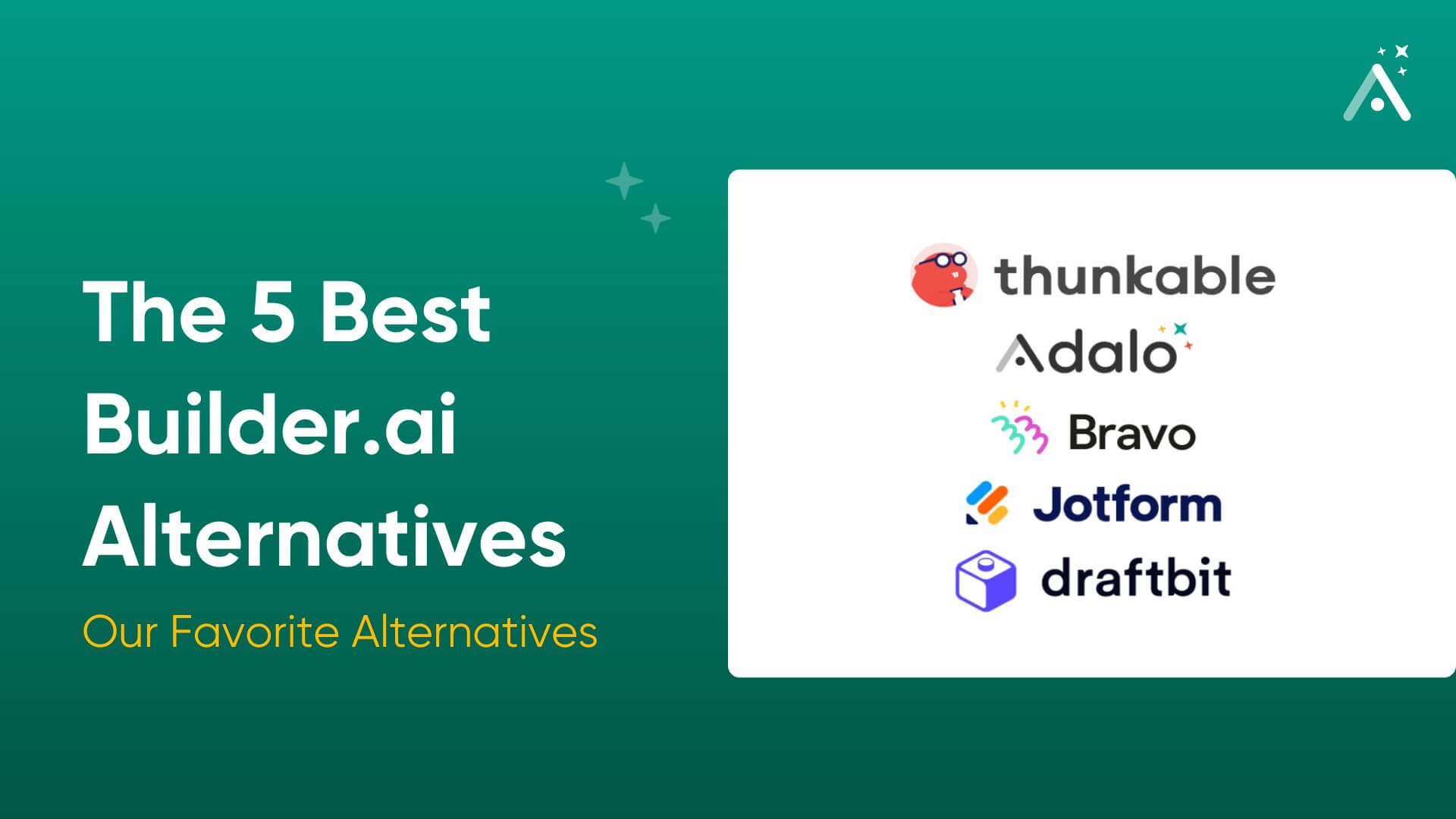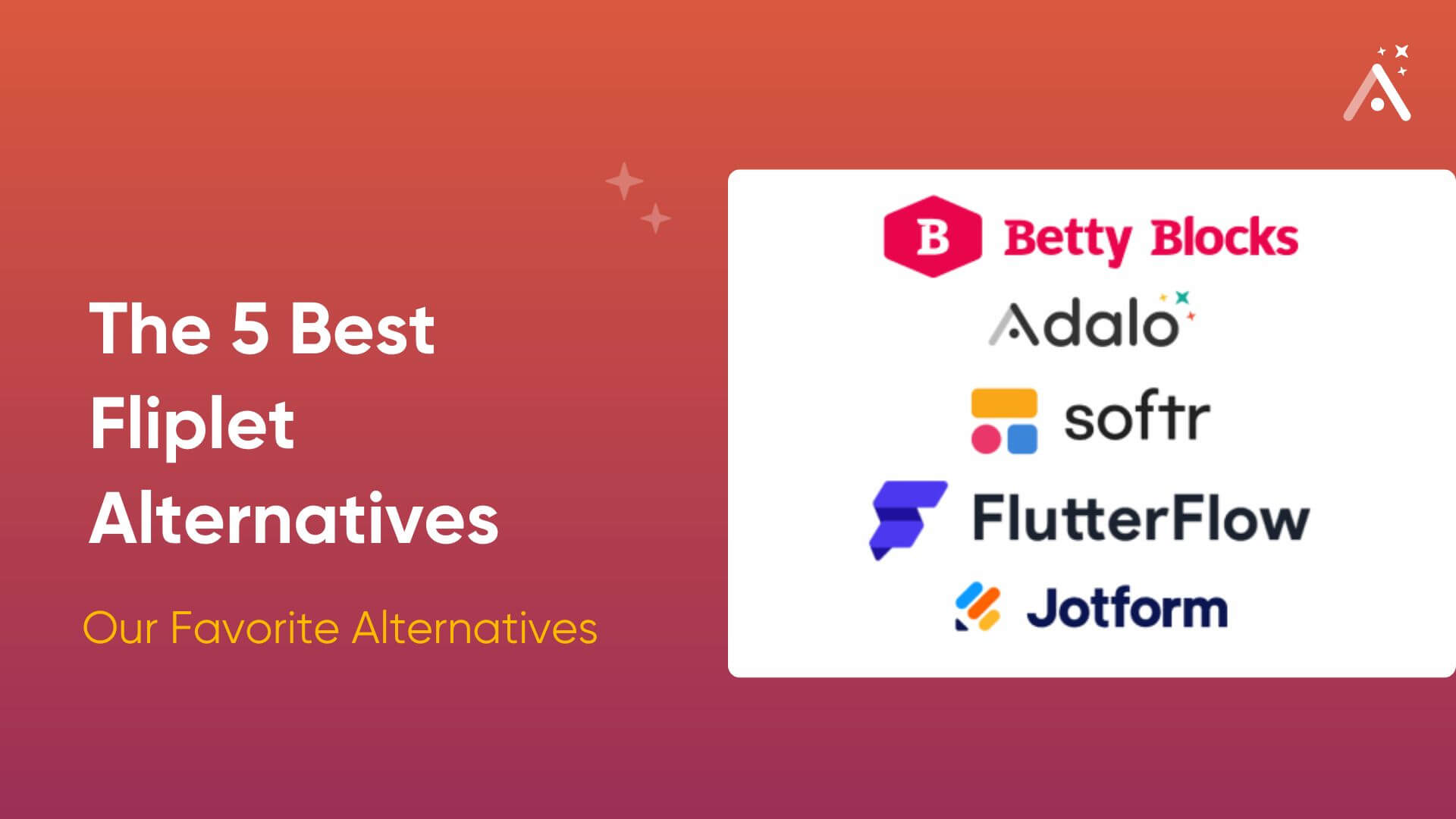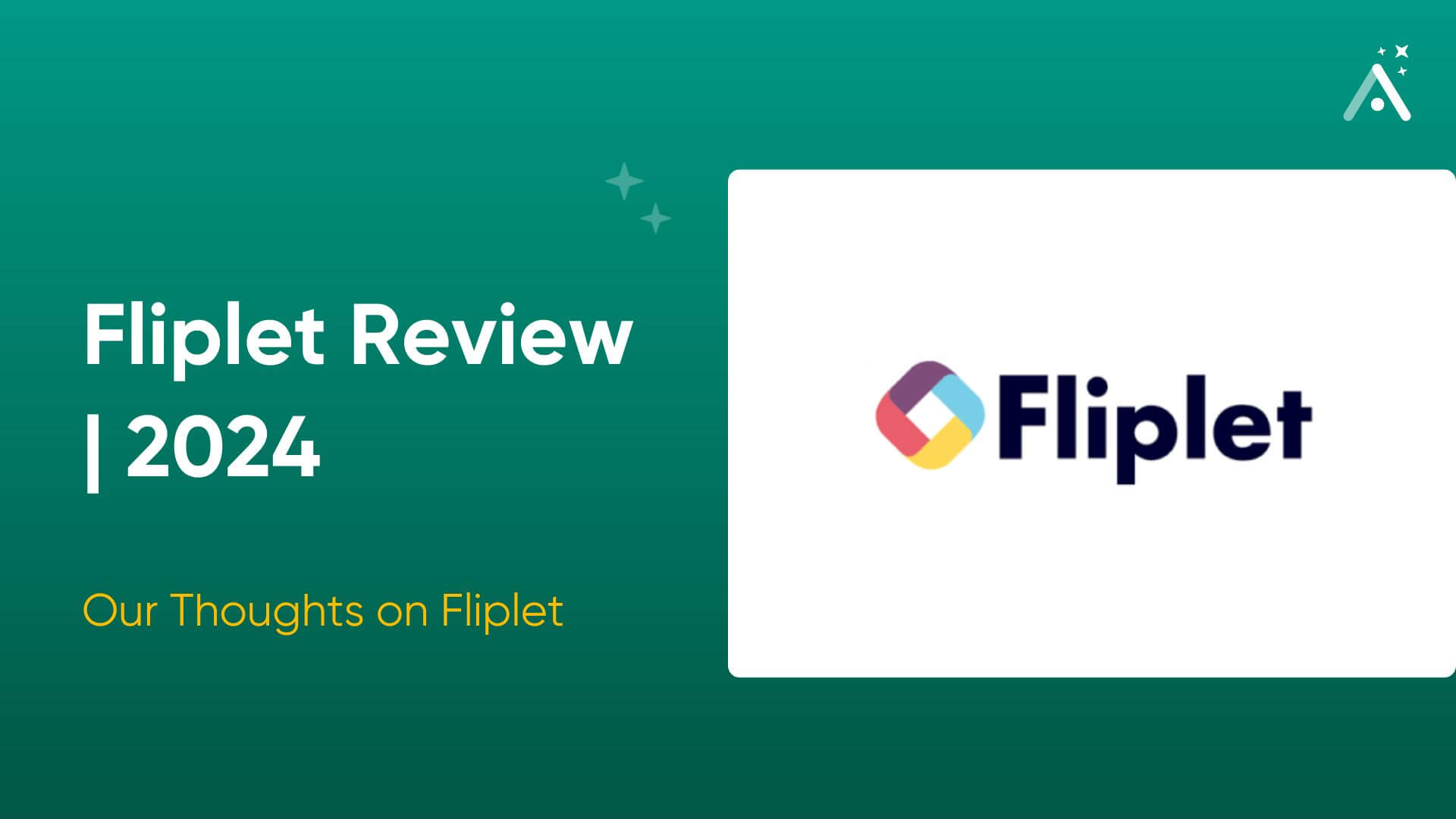The Bottom Line: AppGyver Community Edition leverages an intuitive drag-and-drop interface that gives you ample design control. However, it’s a dying platform, which limits its power and the types of apps you can build.
Pros:
- AppGyver has a powerful drag-and-drop interface with lots of design freedom.
- AppGyver has a REST API, which will help you connect with programs that permit you.
- While the building interface may appear complicated, learning it is quite easy. Just watch the 5 short video tutorials (no longer than 2 minutes) at the bottom of the screen.
Cons:
- The AppGyver development team has not made many updates to its building interface in a while, which has essentially brought AppGyver, as a platform, to the end of its lifespan.
- AppGyver doesn’t really connect to any third-party integrations, which is a problem if you want to build a flexible app.
- The AppGyver Community Edition only lets you connect an Excel spreadsheet as your database.
Pricing: Currently, the AppGyver Community Edition is free. If you want to add paid features for enterprise scaling, you’ll have to contact SAP directly.

What is AppGyver?
AppGyver is a no-code app-building platform that lets you create native mobile apps and publish them on the Apple App Store and Google Play Store. It also lets you publish web apps that your users can access using their browsers.
In 2021, AppGyver was acquired by SAP, a German-based tech company that provides enterprise-grade software applications. Because of this acquisition, AppGyver is not the same building platform it was before 2021.
The AppGyver Community Edition has more or less become a “stepping stone” for SAP’s own app-building platform, SAP Build Apps.

Getting started with the AppGyver Community Version is simple. Just sign up with your email, pop in a password, and you’re set. After you find yourself on AppGyver’s building interface, click on the purple bar at the bottom of your screen. Doing this will pull up 5 quick tutorial videos.
Unfortunately, AppGyver doesn’t offer any templates — you’ll have to start building your app purely from scratch.
Even though the building interface is not the most difficult to understand, I highly recommend watching these tutorials. Doing so won’t take any longer than 10 minutes and they’ll give you an excellent feel for how all the building interface’s components fit together.
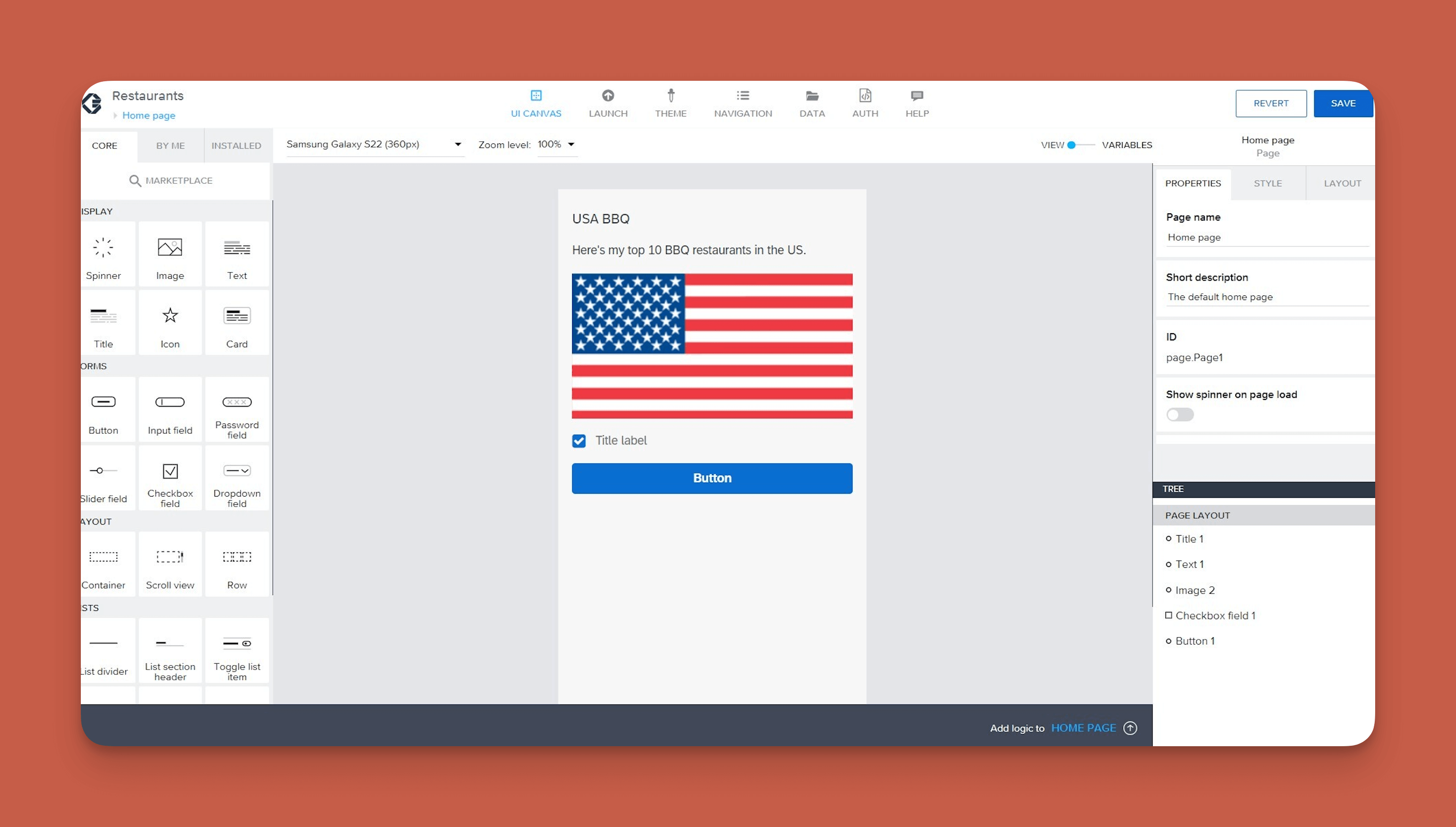
The building canvas is at the center of your screen, and you can adjust it to fit the screen sizes of several mobile devices. For instance, you can see how your app will look on an iPhone 15, a Samsung Galaxy S22, and various tablets.
This ensures all your elements fit perfectly for optimal user experience.
AppGyver’s drag-and-drop interface is quite straightforward. On the right-hand side, you’ll see your component dashboard. Drag elements like images, text boxes, buttons, and more to your canvas in the center of the screen.
To edit each element, just click on it and make the needed adjustments using the drop-down dashboard on the right-hand side of your screen.
Adding logic and commands is also incredibly simple. Pull up the logic canvas at the bottom of your screen and drag over the commands you need. Connect them to corresponding elements by clicking on each one on the editor to your left.
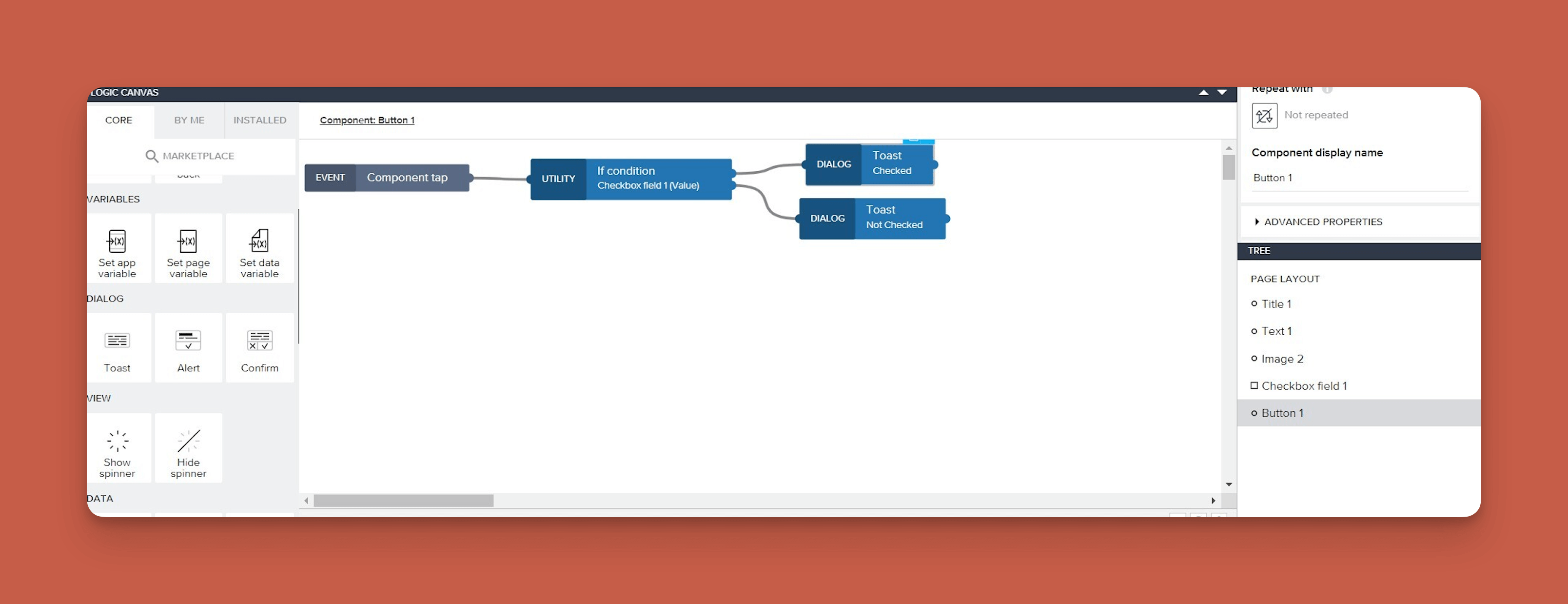
AppGyver’s Highlights
- The entire AppGyver Community Version is free — who doesn’t like free?
- After just watching a few highlights, you’ll get the hang of the building interface, which should let you create a startup app super quickly.
- If you’re in the SAP ecosystem, you’ll be able to connect to quite a few APIs, like ERP systems, the SAP Cloud API, and more. AppGyver also offers a REST API that enables you to connect with most other APIs on the internet.
AppGyver’s Hang Ups
- If you want more features, including those available on the SAP ecosystem, you’ll have to contact SAP directly.
- While building the interface is easy, AppGyver doesn’t provide any templates to get you started, so you’ll have to start from scratch.
- After you build out each part of your app, you’ll need to remember to save it manually because AppGyver doesn’t have an autosave function. Doing this over and over can get annoying, and forgetting to save after adding several elements might result in losing your work.
- Although you’ll have many APIs from the SAP ecosystem at your fingertips, you won’t be able to access the thousands of other third-party integrations, like Zapier, Google Sheets, and more, that are essential for most app-building platforms.
- AppGyver is a dying platform. It might not exist in a few years.
Is AppGyver Right For You?
AppGyver is a great, easy-to-use app builder, but it has a limited audience. Select AppGyver if:
- You want to build a simple start-up app.
- You want to build an app that doesn’t require many integrations.
- You’re familiar with the SAP ecosystem.
However, you should take a look at other app builders if:
- You don’t want to build an app on a dying platform.
- The app you want to build will require a few integrations with third-party apps.
- You want to release your app to several users.
What Kinds of Apps Can I Build With AppGyver?
AppGyver is limited to the core components of its building interface and the SAP ecosystem. Because AppGyver is tied into the SAP ecosystem, which is full of software and tools for business operations, creating internal business apps is AppGyver’s main purpose.
AppGyver also works for creating apps with really simple features that you can publish as native mobile apps on the app stores or as web apps that users can access with their browsers.
For instance, you can create simple workflow apps, CRM boards, and websites.
AppGyver Pricing: Is it worth it?
The AppGyver Community Edition is free for everyone. But if you want to unleash SAP’s functions and tools, you’ll need to look into SAP Build Apps, a platform that looks and feels identical to the AppGyver Community Edition but allows you to implement SAP.
If you’re interested in SAP Build Apps, you’ll need to pay $13,116.
AppGyver Alternatives: What other tools should you try?
- Adalo, for building both native mobile and web apps that you can deploy anywhere using a more intuitive building interface than AppGyver’s.
- Glide, if you want to select from over 100 simple templates to build an eye-catching app.
- Softr, if you want to build an app quickly from a pre-existing database.
Verdict
So, how do I feel about AppGyver? Should you get it now, shortlist it, or avoid it?
Get it now if — and only if — you’re fanatical about SAP and you’re looking for an app-building platform for creating and scaling an enterprise app on the SAP ecosystem.
Otherwise, look elsewhere to a platform that is currently in-support and works well outside of the SAP ecosystem. And don’t worry, that’s most of them!
If you want a powerful app-building platform that’s easier to use and learn than AppGyver and comes with templates to get you started building fast, consider Adalo. It lets you build a native mobile app that you can transform into a web app with the simple push of a button.
After you finish building your app, publish it in the Apple App Store or Google Play Store. Adalo gives you the flexibility and design freedom to create almost any app that meets your exact needs and tastes.
Create Your App Today
Start building in a matter of minutes






